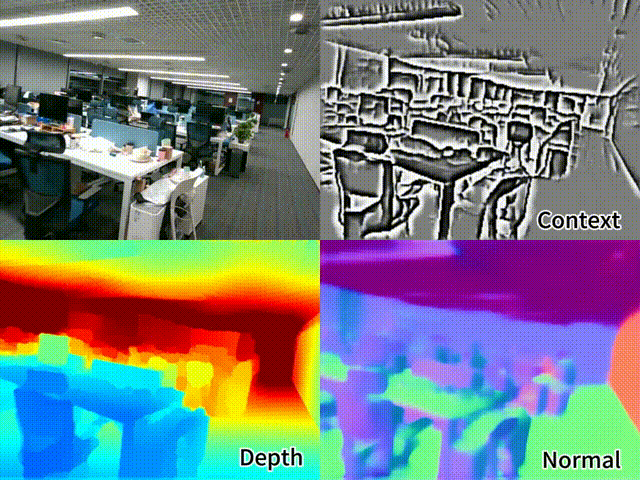Pipeline of ASN++








@article{long2024adaptive,
title={Adaptive Surface Normal Constraint for Geometric Estimation from Monocular Images},
author={Long, Xiaoxiao and Zheng, Yuhang and Zheng, Yupeng and Tian, Beiwen and Lin, Cheng and Liu, Lingjie and Zhao, Hao and Zhou, Guyue and Wang, Wenping},
journal={arXiv preprint arXiv:2402.05869},
year={2024}
}